|
It’s baseball season and I was desperately searching for the end of what I thought was a quote commonly heard for years starting with: “Hear the crack of the bat and the smell of the __________________!” I could not exactly fill in the blank, thinking it was possibly grass, but doubting my own thought process. I did a Google search thinking I would find an exact quote and author for this “baseball-themed invitation” by plugging in the front end of the quote in the popular internet search engine. Soon, a myriad of word options filled my page, thus allowing me to complete the phrase—all courtesy of previously published articles and other content copy. These “olfactory offerings” ranged from grass, leather, pine tar, peanuts and crackerjacks, dirt, grilled hot dogs, and I even found “a freshly-poured beer.” Here in Frederick, our local team, the Keys, did not take the field in 2020 at neighboring Harry Grove Stadium at Nymeo Field due to the Covid-19 pandemic. It’s been a long, strange year for everything, but it was extremely odd to have more noise coming from the cemetery, on evenings last spring and summer, than hearing upcoming batter announcements, walk up music and the roar of the crowd after a hit or good play from our next-door neighbor. I am being a bit sarcastic as baseball returned to the location in the form of youth baseball late last summer and fall. Among these players, were two teenage kids of my own. I had the opportunity to see my sons Eddie and Vinnie play at Grove Stadium, and more regularly on their home diamond of Loats Field, as part of a team belonging to the Frederick City Babe Ruth Baseball league. This baseball field, along with a smaller little league field, are beyond Grove Stadium’s left field wall, and all three baseball venues are part of the City’s Parks & Rec Department Loat's complex located off Stadium Drive. They sit on the footprint of an old farm estate that once belonged to a gentleman named John Loats, buried here in Mount Olivet’s Area E. This former farmer-businessman's gravesite offers a commanding view of his former property. Another fitting family plot within eye and ear shot of these fields is that of James Henry “Harry” Grove. The stadium’s namesake helped originally bring professional baseball to town a century ago, and his son later donated money towards the building of the Key’s stadium which opened in 1990. Mr. Grove is among those family members buried in a lot on the southeast corner of Area LL/Lot 210, and was the focus of one of these “Stories in Stone” back in 2018. When it comes to baseball history of our Frederick professional and semi—pro teams, I truly revere the work of longtime FNP sports editor/reporter Stan Goldberg, statistics and local athlete guru Sheldon Shealer, historian-author Bob Savitt of Middletown (who wrote The Blue Ridge League), and Mark Ziegler, a diligent student of baseball history and former Keys employee at the time our former Carolina League, Single A affiliate of the Baltimore Orioles came to town over three decades ago in the spring of 1989. All these guys have researched, written and spoken on Frederick’s baseball history dating back to the 19th century. Ziegler even created a website BlueRidgeLeague.org that I invite you to check out. Interestingly, Mark would go on to later work in the marketing department with the Great Frederick Fair. The fairgrounds located off East Patrick Street on the outskirts of town, was the site of Frederick’s first reputable baseball stadium, fittingly known as Agricultural Field—so-named due to its connection to the agricultural fair of course. Here is where the Frederick Hustlers played many a fabled game going back to their semi-professional days with the Sunset League and culminating with their introduction into the Blue Ridge League back in 1915. In reference to baseball and this unique site, Mark found that the planning for the first organized baseball field here started in 1903, and by 1908, a wood stadium with a grandstand was built at the site for the semi-pro Sunset League. Trees were planted along East Patrick Street, in front of the Fairground property, and to the rear corner, surrounding the back of the grandstand area. There were organized leagues that played here with the Sunset League from 1908 to 1911, the semi-pro Tri-City League in 1914, and the Class D, Blue Ridge League from 1915 to 1923. We’ve had three professional/semi-professional teams in our history: the Keys (1989-present), the Warriors (1929-30) and the HustIers (1915-1928). One field, and one field alone, hosted games featuring all three of these teams—and the ballpark’s namesake as laid to rest here in Mount Olivet like the early mentioned Mr. Grove. Of course, I’m talking about McCurdy Field located on the southwest side of town, at the intersection of Jefferson Street and the newly named Scottys Bus Lane. (AUTHOR’S NOTE: And for those that experienced Raymond Scott and his magical, brown, culinary bus, this was certainly a place where one could "Hear the crack of the bat, and the smell of Scotty Dogs,” with the latter lingering in the air whether there was a game going on at the stadium or not!) In early 1924, a fund-raising committee was formed with the mission to build a modern baseball park in Frederick as a significant upgrade from the existing Agricultural Field. The ”modern and up-to-date” facility, known then as Frederick County Athletic Field, opened just months later after a cost of $15,000. It boasted 1,300 grandstand seats and 1,200 bleacher seats, along with a ten-foot high fence running around a massive playing field. This spectacle of the time would eventually take the name of McCurdy Field. In 1937, the NFL's Washington Redskins (just having relocated from Boston) needed a place to play their first exhibition, and played here. The Hustlers and Warriors professional team came and went, leaving a semi-professional version of the Frederick Hustlers. In 1943 and 1944, the American League’s Philadelphia Athletics, under the immortal Connie Mack, held spring training here (due to the limits on travel during World War II). Lights were installed in 1947, and in 1968, the old wooden grandstand was condemned and torn down in 1971, leaving just the field, and a sub-par home for Frederick youth and amateur baseball. Deciding that this was now a poor site for baseball, local businessman Bob Marendt headed a campaign to renovate this park. He raised $50,000 in donations, and federal and state government kicked in the rest. A renovated concrete and steel park opened in 1974 with metal bleachers that sat 1,500 and clubhouse facilities. The park was the home of Frederick City Babe Ruth Baseball and was even reputable enough to host the Babe Ruth national organization’s World Series tournaments back in the early-mid1980s. Some of the best young baseball talent in the country came to Frederick in August, 1982 and played at McCurdy Field as part of the 13-year-old Babe Ruth World Series, hosted by the Frederick Babe Ruth League. There were nine teams in the tournament including Frederick, which as the host city got an automatic bid. Teams came from as far away as California, Idaho and Arkansas. The tournament began on August 14th and ended a week later with Nashville, Tennessee, beating Brooklyn, NY, 6-1 for the national title. The tournament was a big success with a total of 42,290 fans attending the games. 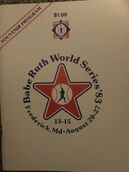 This was one of three Babe Ruth World Series held here as the 13-15 championship tournament took place the following year with the host Frederick team reaching the semifinals. In 1984, the 16-18 tier World Series was played here at McCurdy Field. Less than five years later, the stage had been set for McCurdy to host an electric night in April, 1989 in which the Frederick Keys would play their very first home game here in Frederick. Fittingly it was against a minor league affiliate of the Cleveland Indians, from Kinston, North Carolina. The City of Frederick had successfully lured the Orioles Class A affiliate, the Hagerstown Suns, with the promise of a new stadium, but they would have to play one season here while Harry Grove Stadium was under construction. In studying the McCurdy Field of 1924, and the same of 1989, the place was in desperate need of “doctoring” or medical attention, so to speak. In ’24, this “doctoring” came in the literal form of a well-respected physician who headed up the drive for the stadium. His tenacity and ultimate success brought him the distinct honor of having his surname grace the stadium to this day, nearly a century later. As for the figurative meaning (of doctoring) in respect to McCurdy Field, Mark Ziegler and others can attest to the fact that it was a poor facility for minor league baseball nearly 70 years later (in 1989). There had to be a trailer brought in for the teams to dress, and folding chairs doubled for box seats. Regardless, the Keys drew well in their inaugural season, and that opening night was sold out. Currently this facility is used for American Legion and assorted other youth baseball. So just who was this Dr. McCurdy, namesake of the stadium that has seen nearly a century of baseball here in Frederick? His name was Dr. Ira Jay McCurdy, born on New Years Day, 1869. Dr. Ira Jay McCurdy I will submit one of the obituaries that ran in local papers at the time of this man’s death in 1942, seven months before the Philadelphia Athletics would train/play here in March, 1943. This obit comes from the Frederick Post’s August 4th, 1942 edition: On Saturday night death claimed Dr. IRA J. McCURDY, one of Frederick's leading physicians, who has practiced here for about half a century. He was a skilled general practitioner and an excellent diagnostician. Hundreds of patients can testify to his ability and recall the valuable professional services he rendered throughout the years. His distinguished figure and serious manner inspired confidence in the sickroom. And he had a remarkable insight into human ailments and realized the scope of his medical aids and treatment. He was quick to recognize when specialized service, beyond his field, was necessary. This community can ill afford to lose a family doctor of his experience and ability, especially at a time when physicians due to war requirements are so greatly in demand. Dr. McCurdy was a most useful citizen, beyond the realm of his medical practice. He was a man of strong convictions and great determination. Through his leadership, Frederick secured a modern milk ordinance, requiring pasteurization and supervision of this important product. He stood firmly for other important health measures for the city, and his strong influence was always for the protection of the health of the community. He took an interest in other civic affairs and was prominent in the movement to place the city police force on high standards. He was the first liquor license commissioner for Frederick County and fearlessly blazed the path for rigid supervision of the sale of intoxicants. For his diversion, Dr. McCurdy found pleasure and relaxation in sports. He was an ardent supporter of baseball for many years, and it is an appropriate tribute to his memory that the city's athletic park, in which he was so greatly interested, bears his name. There you have it, the simple story of how a stadium and Frederick landmark got its name. But let’s find out a little more about this well-revered citizen whose gravesite is adorned with a tall obelisk and located in Area E only yards from that of John Loats (mentioned earlier). It, too, also affords a press-box level view of “the new stadium” that would supplant McCurdy Field as Frederick City’s top baseball venue. I submit to you a biography of our subject, published in 1910 as part of T.J.C. Williams’ History of Frederick County (Volume II). Ira Jay McCurdy, M.D., one of the well-known and leading practitioners of Frederick City, is a native of York, Pa. He is a son of James Crawford and Jennie (Eyler) McCurdy. The McCurdy family is one of the oldest in Western Pennsylvania. The first of the name in this country were three brothers, James, John and Charles McCurdy, who were Scotch Covenanters. George McCurdy, the grandfather of Dr. Ira J. McCurdy, was a native of Westmoreland County, Pa., in 1837, and died there in 1871. He was a farmer and was also engaged in the coal mining business. He was principal of a high school at Ligonier, in Westmoreland County, Pa. He served for the cause of the Union during the Civil war and made a very credible record. He was Captain of Company E, of the Eleventh Pennsylvania Volunteer Infantry, and was in active service for three years and three months. He was in the various campaigns in Virginia and participated in the many hard-fought battles. He took part in the battle of Fredericksburg, Va., where he was stricken with rheumatism, and was soon afterwards mustered out of service. After the expiration of his duties as a soldier, Captain McCurdy engaged in commercial pursuits, which he followed until his death. He was married to Jennie Eyler. They were the parents of one son, Ira J. Ira J. McCurdy, son of Captain James Crawford and Jennie (Eyler) McCurdy, spent his childhood with his mother at Woodsboro, Md. He later entered New Windsor College, of Carroll County, Md., from which he graduated in 1889. He then went to New York, where he became a student in the Bellevue Hospital Medical College, from which institution he was graduated in the spring of 1892. Dr. McCurdy next took a special course in the New York Eye and Ear Hospital. In the fall of 1892, he located in Frederick City, where he has since remained in active practice of his profession. Dr. McCurdy is well known and has acquired a large clientele. He has been very successful in the exacting field to which he was devoted himself. He is well liked by all who have come into contact with him. Dr. McCurdy is surgeon for the Pennsylvania Railroad; for the Frederick Railroad, and the United Fire Engine Company of Frederick. In 1907, he was appointed city health officer of Frederick for a term of three years and reappointed in 1910. He was commissioned by Governor Crothers in July, 1910, as First Lieutenant Medical Corps, M.N.G., and was assigned to First Regiment Infantry, M.N.G. Dr. McCurdy is a member of the Frederick County Medical Society, of which he is the First Vice-President; was Secretary for ten years; a member and on the Legislative Committee of the American Medical Association; and a member of the Medico Chirurgical Faculty of Maryland. Fraternally, Dr. McCurdy is a well-known Mason, being a member of Columbia Lodge, No. 58, A. F. and A. M., Enoch Royal Arch Chapter, No. 23, and Jacques de Molay Commandery, No. 4, Knights Templar, of Frederick, and holds position as Generalissimo. He also holds membership in the Buomi Temple of the Ancient Order of Nobles of the Mystic Shrine, of Baltimore City; in Frederick Lodge, No. 684, B.P.O.E., and Mountain City Lodge, No. 29, Knights of Pythias. Dr. McCurdy is also connected with the Frederick City Country Club and “Camp Le-Mid” Association, of Ontario, Can., a camping and fishing association. Politically, he is a Democrat. Dr. McCurdy has never married. As I stated, this biography dates to 1910. A little more information can be gleaned from an obituary found in the Carroll County Times (May 10th, 1946) of Dr. McCurdy’s mother, Jennie (Eyler) McCurdy Devilbiss who would remarry after the death of her first husband, James.  Mrs. Jennie McCurdy Devilbiss, widow of George Devilbiss, died at her home in Woodsboro on Sunday, May 5th, 1946. She was 97 years of age and had been stricken with paralysis. She was the daughter of the late Peter and Mary Engle Eyler of Frederick County and is survived by nieces and nephews, one of whom, Melvin J. Anders, made his home with her. Dr. Ira J. McCurdy, her son by her first marriage to Captain James McCurdy, predeceased his mother by four years. Dr. McCurdy was a popular student and athlete at New Windsor College class 1889. He enjoyed a busy and successful life in Frederick as a physician. Mrs. Devilbiss had been a life-long member of the Woodsboro Lutheran church and was also active in the Missionary Society of that church. The funeral was held from the late home in Woodsboro on Wednesday at 1:30 p. m. Rev. Herbert H. Schmidt officiated, assisted by Rev. R. S. Poffenberger. Interment was in Mt. Olivet Cemetery, Frederick. Powell and Martzler, funeral directors. After reading this, I immediately wondered if Dr. McCurdy was an accomplished ballplayer, himself—hence explaining a lifelong love of baseball? He played in his youth and made a fine showing in his New Windsor days as the school’s first baseman. I also found an article stating that Ira McCurdy stayed near the game in the capacity of umpiring. I also searched local newspapers of the late 1800s and first decade of the 1900s to learn a little more of the education and early career of Doc McCurdy. I found Ira J. McCurdy living in a hotel on Frederick’s West Patrick Street in the 1910 US Census. I strongly feel that this was the Park Hotel, which formerly went by the name of the Carlin House, and Dill House earlier yet in the early 19th century. It should come as no surprise that a bachelor professional of the period would keep permanent residence in a hotel as large apartment complexes and luxury condos were not even dreamed about at that time. Dr. McCurdy was a member of the Maryland National Guard. Countless newspaper mentions at the time speak to the respect his community had for him. One of the most insightful articles I read was a 1914 piece in which he gave tips to the citizenry on how to stay cool in summer. Dr. McCurdy joined with associates Guy Motter and Frank Schmidt in starting the Frederick Baseball Association which gave Frederick its first professional team, the Hustlers in 1915. As mentioned earlier, they played at Agricultural Field against other clubs from Hagerstown, Martinsburg, Gettysburg, Chambersburg and Hanover. Well, the good doctor wouldn’t stay a bachelor into the next decade, marrying a Frederick native living in Baltimore at the time, but engaged in the medical profession, nonetheless. This occurred in the fall of 1918. I marvel at the timing of this wedding, as the date was October 26th, 1918. For the previous year, Dr. McCurdy was a member of the local draft board evaluating local men for service in a World War. As for the wedding date of October 26th, it is quite significant as being in the middle of the Meuse-Argonne Offensive (Sept 28-Nov 11), the major, and final, part of the Allied offensive of World War I. But that isn’t what really surprised me. This date was at the height of the Spanish Flu pandemic that ravaged the country and county that particular fall. Dr. McCurdy’s profession as a physician was put to the test, now seeing something in a deadly flu virus that our doctors had never seen before. More than that, McCurdy held the pivotal role as Frederick City’s Health Inspector at the time—our local Dr. Fauci if you will. Well throughout this war-time period, you can imagine the impact on professional baseball and its players. Life eventually returned to normal the following year as the war was over, and the flu was gone. Sadly, many Frederick County lives were lost but McCurdy did his best to comfort loved ones of both war casualties and flu victims. In the 1920 census, the McCurdys can be found living on West Church Street. They would have no children, Dr. McCurdy was 51 at this juncture and put energy into civic affairs and his professional endeavors instead of child rearing. Perhaps his fix was watching youth play baseball? Whatever the case, he was a leading force in elevating Frederick's first professional team in the Hustlers. With the success of the stadium effort, many wanted to honor the local physician in some way. The local newspaper helped lead the way in promoting that the new baseball park should take Dr. McCurdy's name. This would become a reality for the 1925 season. Dr. McCurdy was also a key player in forging a relationship with the Cleveland Indians of the Major League of baseball. Earlier in 1929, the Cleveland Indians purchased the Frederick Hustlers, and the new “farm” team changed its name to the Warriors to connect more with its parent team. On July 24th, 1929, a special exhibition game was played at McCurdy Field featuring the Warriors versus the Indians. The Indians won 11-5, but it marked a great day in which a big-time team came to town—one on which a local boy named Ray Gardner played. Imagine that happening today? Dr. Ira McCurdy continued practicing medicine here, and stayed very active in both social and civic affairs. He took a special interest in the local police force based on some of the articles I read. He was still practicing at age 60 with an office at 32 North Court Street in town. This would place his office in the vicinity of the parking lot next to the present day M&T Bank location. However, back then this would have been a perfect location for a physician as it was the site of Frederick's original YMCA of which Dr. McCurdy was an avid supporter and proponent. He and Lucy lived a few blocks away at 5 S. Market. This was an apartment over the old F&M Bank (today's Colonial Jewelers on the Square Corner). Our subject would continue on practicing through the Great Depression Era, and would live long enough to see the beginning of the Second World War, but not its conclusion. Sadly, his physical demise occurred as a result of complications a month after breaking his leg during a freak accident while walking down West Church Street. Ira J. McCurdy spent his final weeks in Frederick City Hospital, somewhat fitting for a man with such a rich medical background. Dr. Ira Jay McCurdy never fully recovered from this accident. He died on August 2nd (1942) and was laid to rest on Area E/Lot 52. His funeral on August 4th was well attended as one would imagine. His faithful mother would join him here in 1946, and wife Lucy as well in 1958. The fine monument certainly marks the final resting place of one of Frederick’s men of mark. In a quieter Frederick, at the time of his death and for a few decades after, I bet you could hear “the crack of the bat, and the pop of the ball” in the distance coming from his namesake field. It still may be possible today, but there are more competing sounds. Regardless, it’s not even a question that these sounds are once again heard now as the “boys of spring and summer” have again taken up residence on the fields to the immediate east of Mount Olivet. As for McCurdy Field, it’s "still in play" and under the City of Frederick’s purview. I experienced a historical rush when our kids’ Frederick City Babe Ruth team played here last August against a Frederick Legion squad. That particular evening, I saw my boys hit, field and pitch on the same diamond used by former members of the Hustlers, Warriors and Keys, including visiting legends of the Blue Ridge League who went on to the big leagues like local product Ray Gardner and Hall of Famers Lefty Grove (Martinsburg), Hack Wilson (Martinsburg), and Eddie Plank (Gettysburg). Others such as Walter Johnson played in exhibition games here, while the immortal Connie Mack coached and managed here. Half a decade later, the Baltimore Orioles top draft pick in 1989, pitcher Ben MacDonald, made his professional debut here with the Keys. Mix in the fact that high schools, colleges and travel teams have played here too. That's just McCurdy's baseball legacy, as there’s been plenty of football played here too. I said earlier that the Washington Redskins played their first exhibition game here. This was followed by a myriad of games ranging from youth football to high school, and who can forget this venue as the home to the semi-pro Frederick Falcons?
We can thank old Doc McCurdy for "prescribing" the perfect medicine in the form of this athletic park for Frederick players and sport enthusiasts to enjoy over the last century. McCurdy Field is more than simply a "Field of Dreams," it's a place of rich memories and Frederick history.
1 Comment
Brenda
8/20/2022 12:47:14 pm
Was researching & found your site. Very interesting. I would be a distant cousin to him. Would you be related?
Reply
Leave a Reply. |
STORIES
|
Archives
July 2024
June 2024
May 2024
April 2024
March 2024
February 2024
January 2024
December 2023
November 2023
September 2023
August 2023
July 2023
June 2023
May 2023
April 2023
March 2023
February 2023
January 2023
December 2022
November 2022
October 2022
September 2022
August 2022
July 2022
June 2022
May 2022
April 2022
March 2022
February 2022
January 2022
December 2021
November 2021
October 2021
September 2021
August 2021
July 2021
June 2021
May 2021
April 2021
March 2021
February 2021
January 2021
December 2020
November 2020
October 2020
September 2020
August 2020
July 2020
June 2020
May 2020
April 2020
March 2020
February 2020
January 2020
December 2019
November 2019
October 2019
September 2019
August 2019
July 2019
June 2019
May 2019
April 2019
March 2019
February 2019
January 2019
December 2018
November 2018
October 2018
September 2018
August 2018
July 2018
June 2018
May 2018
April 2018
March 2018
February 2018
January 2018
December 2017
November 2017
October 2017
September 2017
August 2017
July 2017
June 2017
May 2017
April 2017
March 2017
February 2017
January 2017
December 2016
November 2016

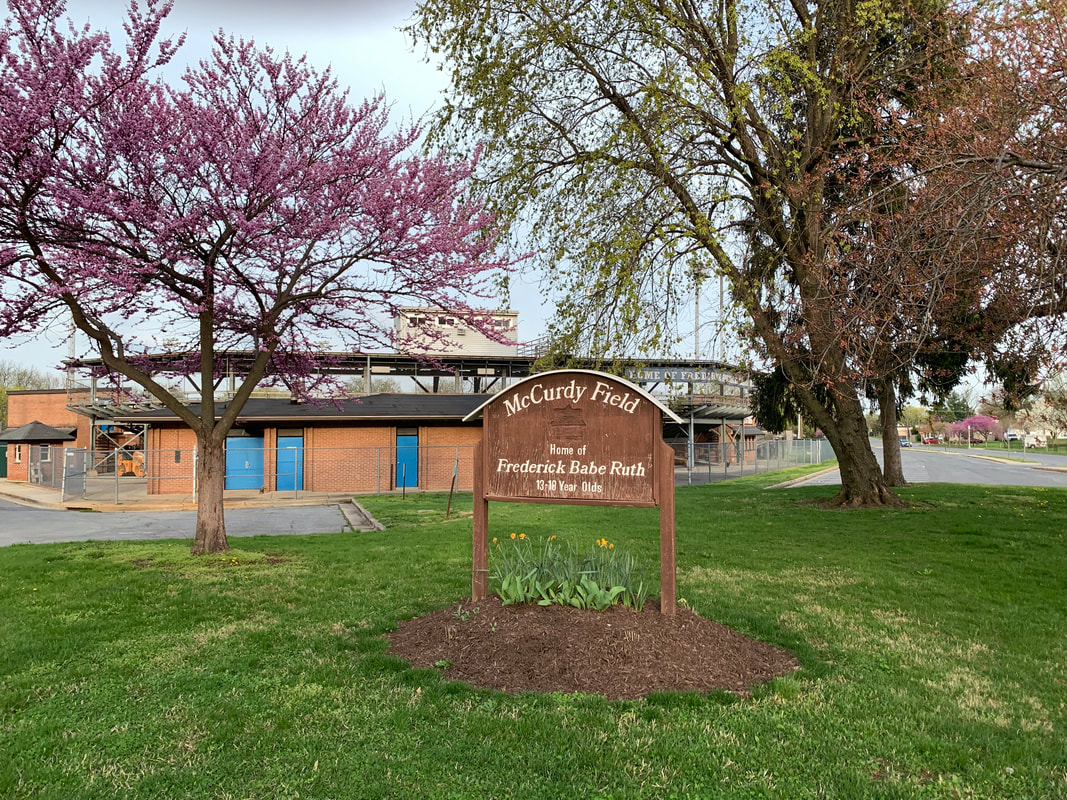
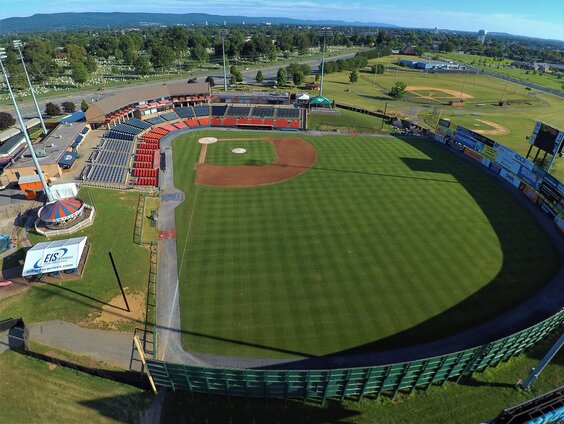
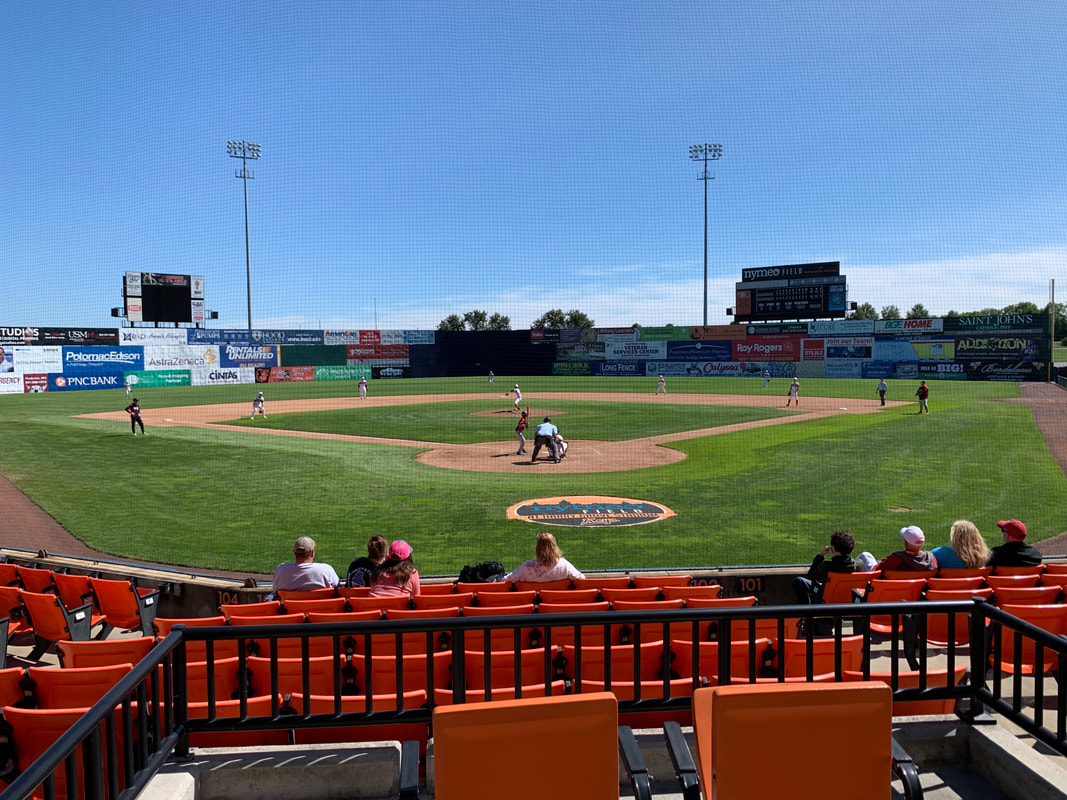
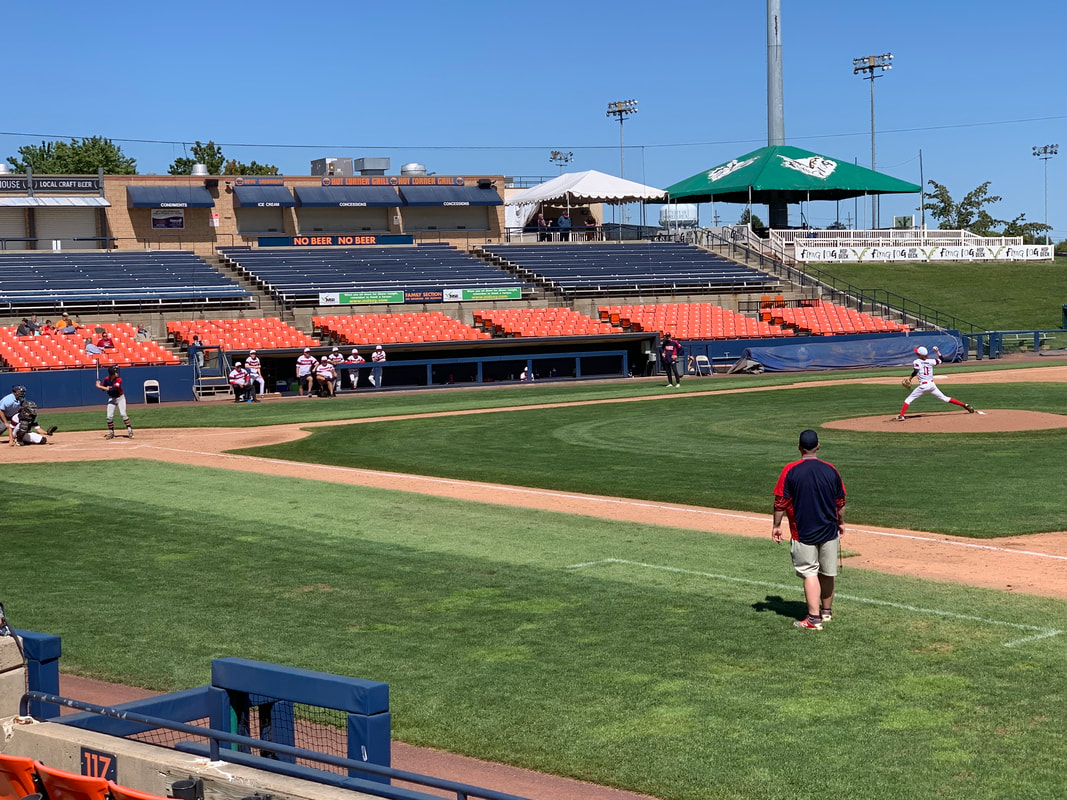









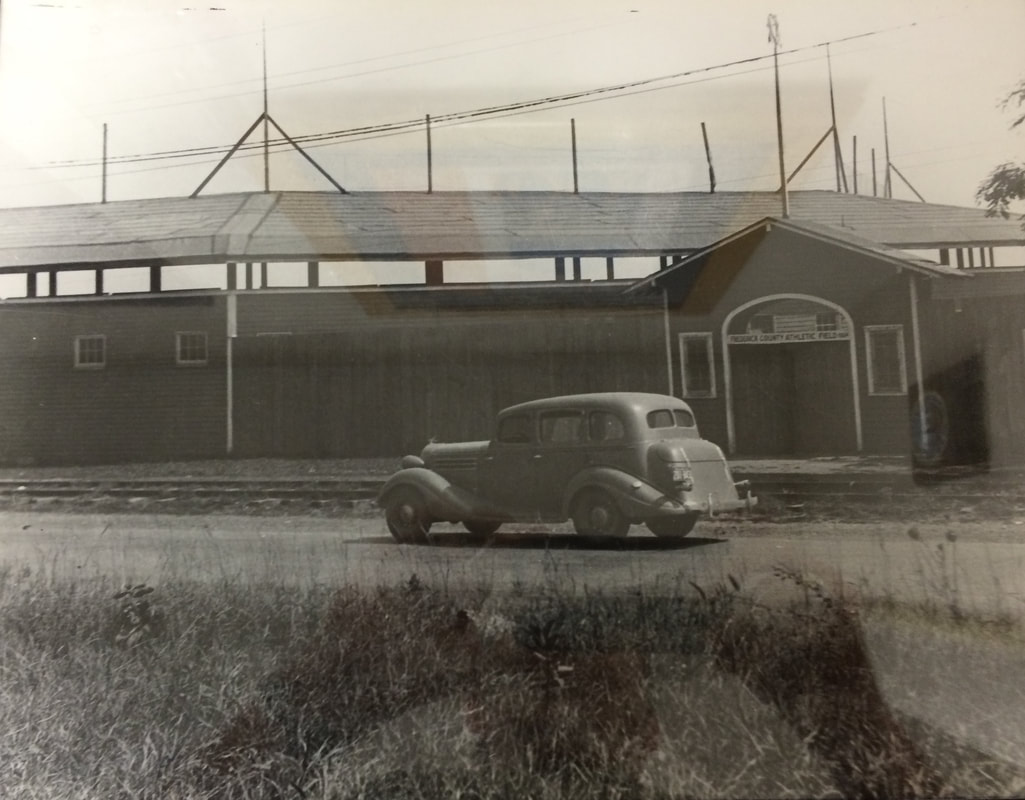



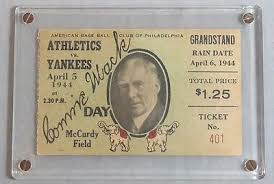


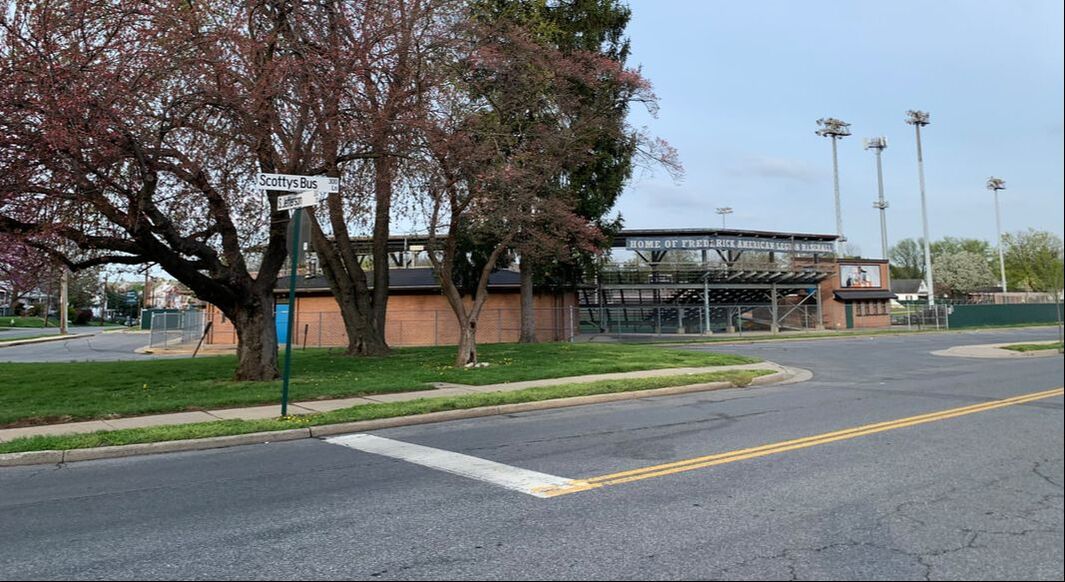





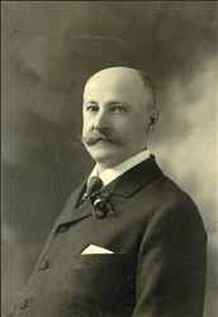








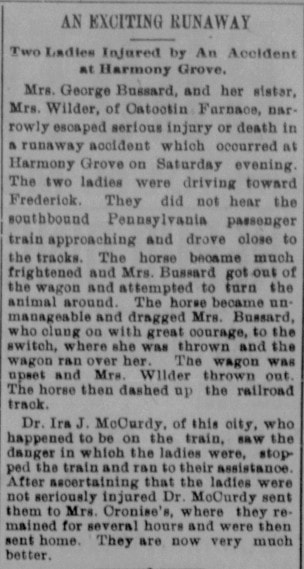






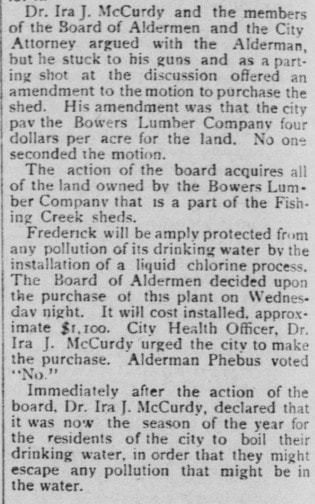

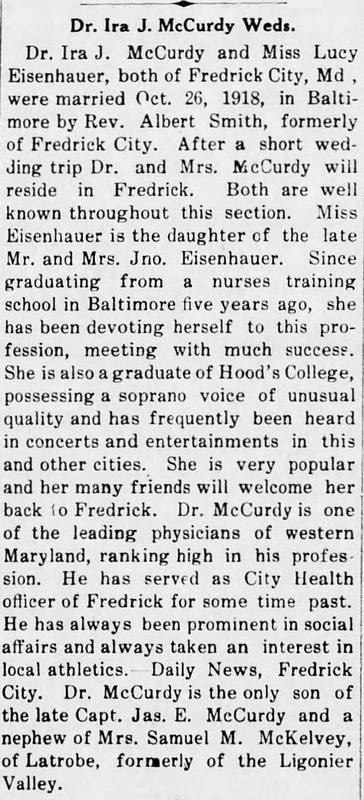







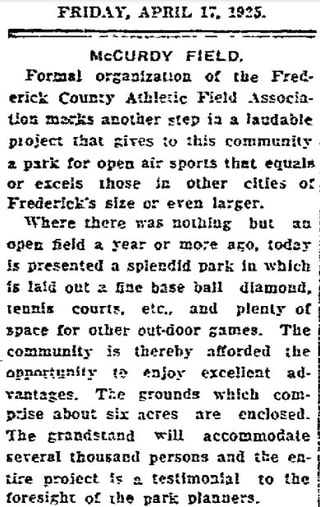


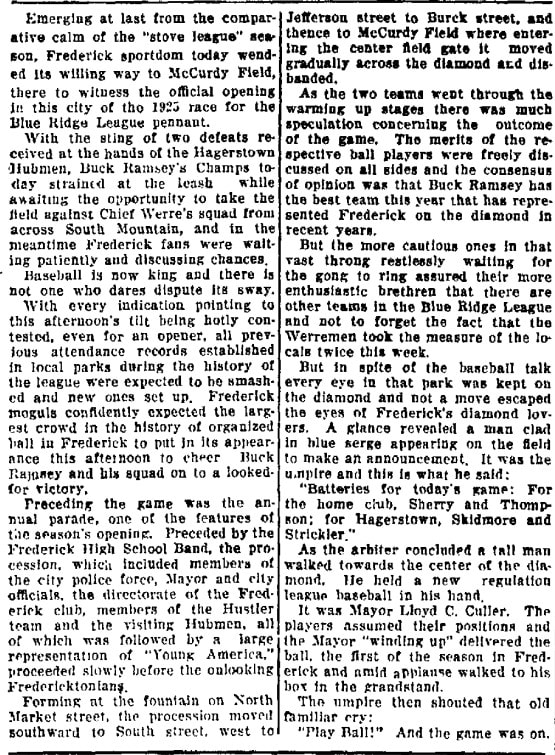








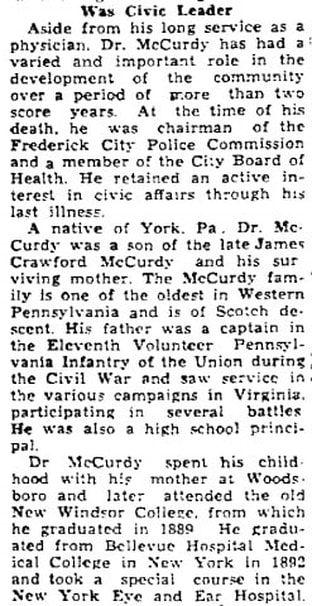






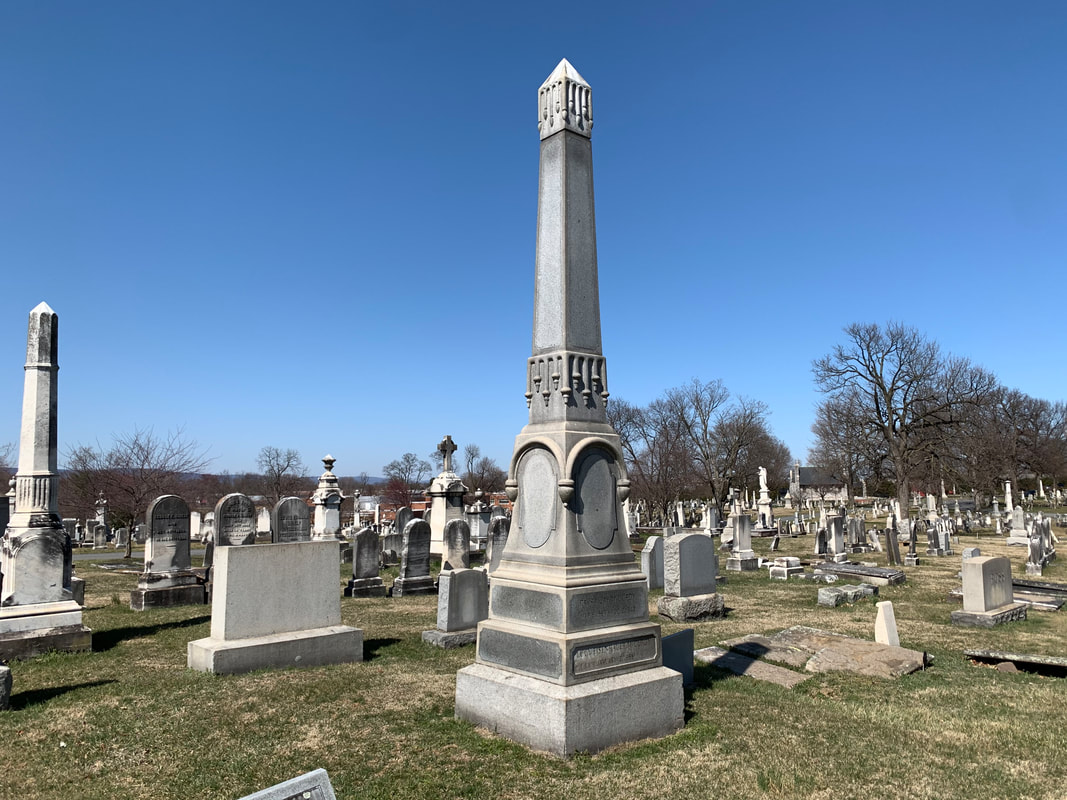



 RSS Feed
RSS Feed